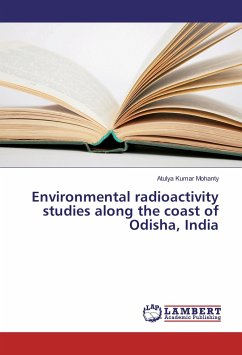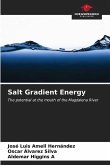The geothermal gradient is the rate at which the Earth's temperature increases with depth, indicating outward heat flows from a hot interior. Away from tectonic plate boundaries, it is 25-30°C per km of depth in most of the world. Strictly speaking, geo-thermal necessarily refers to the Earth but the concept may be applied to other planets. The Earth's internal heat comes from a combination of residual heat from planetary accretion (about 20%) and heat produced through radioactive decay (80%). The major heat-producing isotopes in the Earth are potassium-40, uranium-238, uranium-235, and thorium-232. At the center of the planet, the temperature may be up to 7,000 K and the pressure could reach 360 GPa. Because much of the heat is provided by radioactive decay, scientists believe that early in Earth history, before isotopes with short half-lives had been depleted, Earth's heat production would have been much higher. This extra heat production, twice present-day at approximately 3 billion years ago, would have increased temperature gradients within the Earth.







